Extension, research and play.
How do we extend practice -towards what?
Opening our practice/research up to different disciplines, inputs, outputs and/or collaborations; considering the possibilities of what can feed into our practice and what can also come out of it and for whom. What products and/or by-products do we generate, who is consuming or could consume them?
As an artist how can you extend your practice physically; perhaps by building on existing and/or incorporating new skills, adding breadth and/or depth to media manipulations, and/or exploring the time a space of art making? In another aspect, the research undertaken as an artist can be more refined, deeper, digging into territories that excite and enliven a practice. Considering how the work is consumed by the audience; are they viewer, consumer, participant, victim or judge? Do they have a choice, is that a factor? Will they have an input, an output or a takeaway?
If these queries are responded to the practice may develop depth and breadth that can be witnessed/experienced by both the artist and the audience. Challenges push towards improvement and clarity.
Personal:
Going forward areas for extension are:
- Refine my research - focus, stop trying to cover so much that the message is diluted by conflicting and confusing messages.
- Explore my palette - the limitations of colour choice may be holding the work back, let colour feed in as necessary and be a considered part of the work. Stop resisting it.
- Audience and installation - entanglement is a theme that I have also resisted through fear of complications and lack of skills - PLAY with this.
How are we curious materially and yet focussed?
I don’t know how to answer this question clearly. I think this is because I am too curious materially and lack focus. My focus is my research practice which I have been developing for the best part of 3 years but gets swept up into tangents. These tangents allow for other questions and concepts to emerge but these make the physical work muddly and therefore tend to get logged and then stored as I attempt to restrict my concepts in an effort to maintain a focused practice. My thoughts work so fast due to my mental make-up that I have a tendency to run away with ideas and miss out large chunks of physical development as I have mentally processed the possible outcomes and decided on a path without physical exploration. The challenge has been to ensure that the development and exploration happens and is detailed and justified, a task that feels complex and slow. My material practice has suffered due to this as I don’t stay with something for very long (other than the tracings). I long to develop a piece over time but worry that the lack of quantity will be judged.
Purposeful play
This feels so relevant, it's now a part of my life due to my assigned roles of both Mother and Teacher, an aspect that has been somewhat absent in my practice due to being out of the teaching profession for a few years. Most of the cohort are teachers, of this I am aware. But I question how much we now look to play to move our students through their work, or is it a series of repetitive tasks to tick off assessment criteria and fill out the necessary paperwork. Do we work with our students, model best practice or ‘practice what we preach’ as the saying goes? I’m feeling invigorated to be teaching again, to have those moments in the classroom and the workshop where the simple task of joining in brings a new idea or dimension to my work. By removing the weight of research and context and simply making, how can I transform my practice, what doors with metaphorically open, what opportunities will show themselves?
What ideas and concepts are preoccupying you within your practice?
I’m still very much enthralled with the repetition of ‘daily life’ and the events of chaos that stir up the mundane. Feeding into this is the aspect of assigned gender roles and a thirst for philosophical knowledge (I just can’t stop listening to philosophy podcasts and reading!). Since the beginning of March, I have been working with a research group looking into the role of the Manifesto in art and this research has bought up some questions regarding the concepts behind art, the allocation of work to movements and the thinking behind the movements.
Currently, I feel an urge to move away from my sparse fragmented images into dense heavy pieces. Upon reflection, I can see this is a reaction to the now dense calendar I have, the weight of responsibilities, and commitments that now need to be negotiated.
Are there areas from the research that you did last year that you feel need more interrogation?
Since completing the contextual study I have a desire to explore the aspect of taking up space, navigating around a space and the physicality and illusion of form in space; linking to the manner in which we navigate around chaos both large and small, physical and mental.
What do you want to find out more about that could inform your practice?
Performance - I’m full of fear regarding performative art but am now considering how to make the audience the performers such as Gustav Metzer’s Crawl Space which I recently experienced in Abu Dhabi. The thought of performing is both thrilling and terrifying but perhaps I can navigate around that obstacle by enlisting the consumers of the artwork as the unwitting performers of it as well.









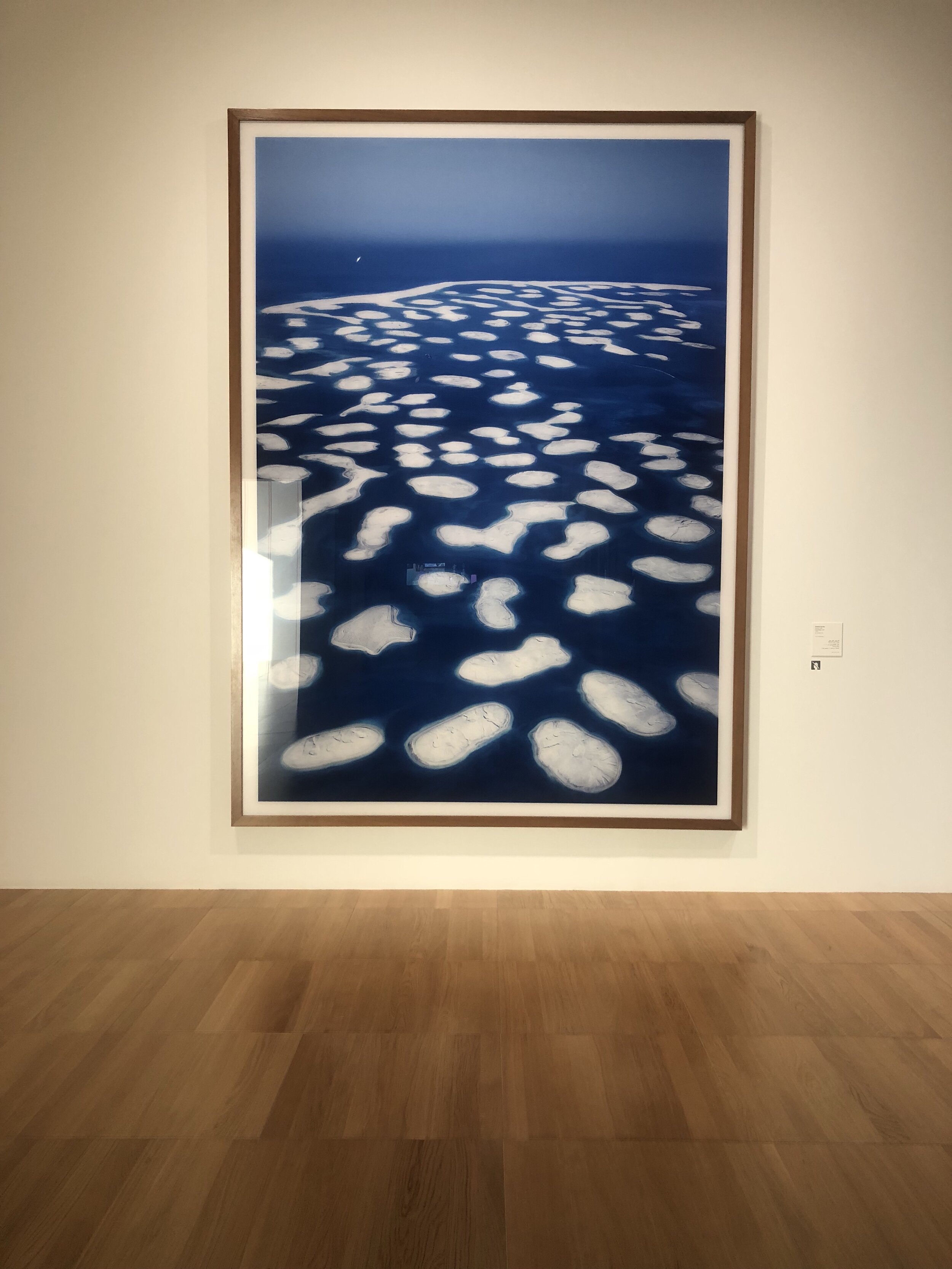
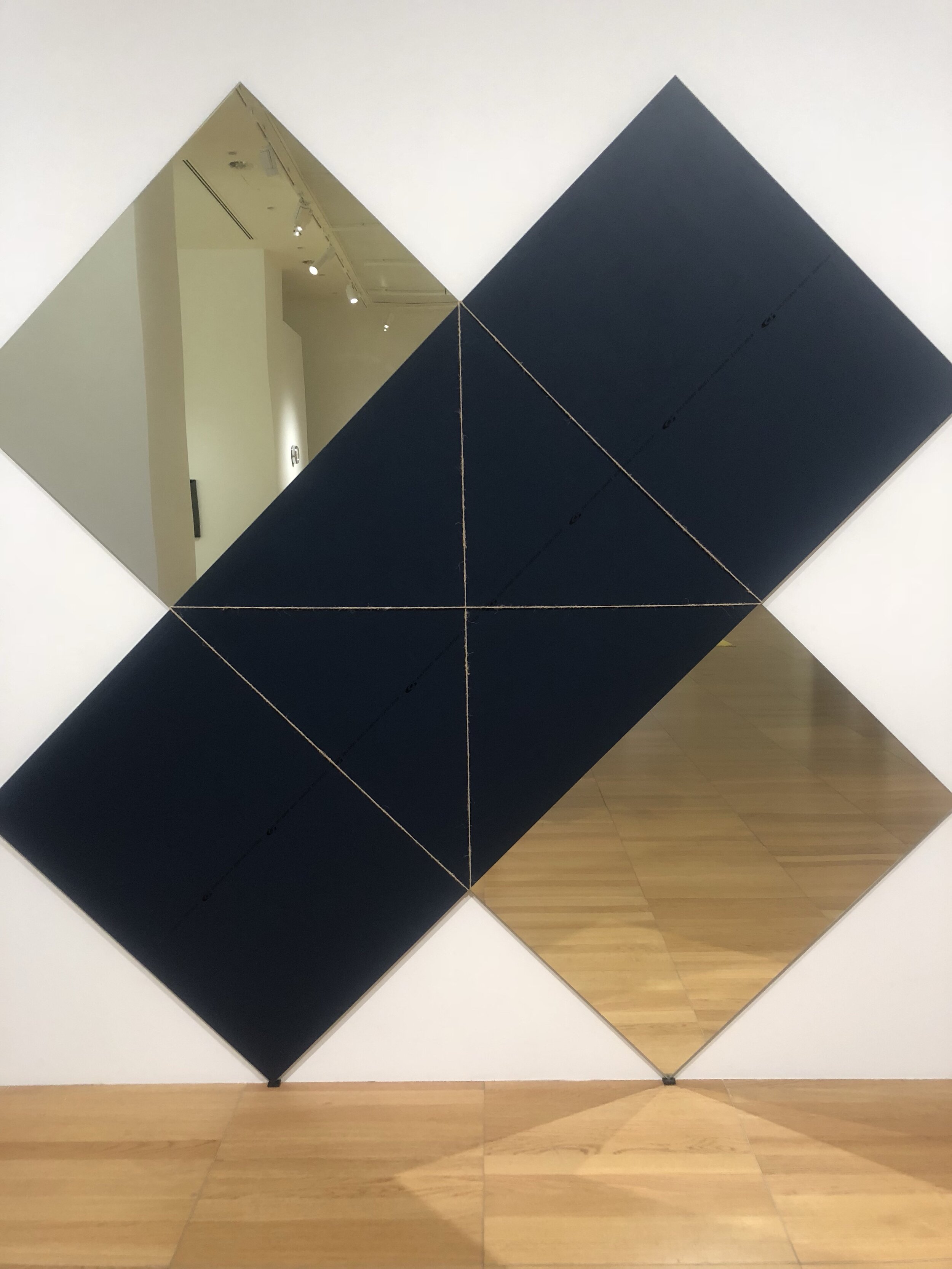



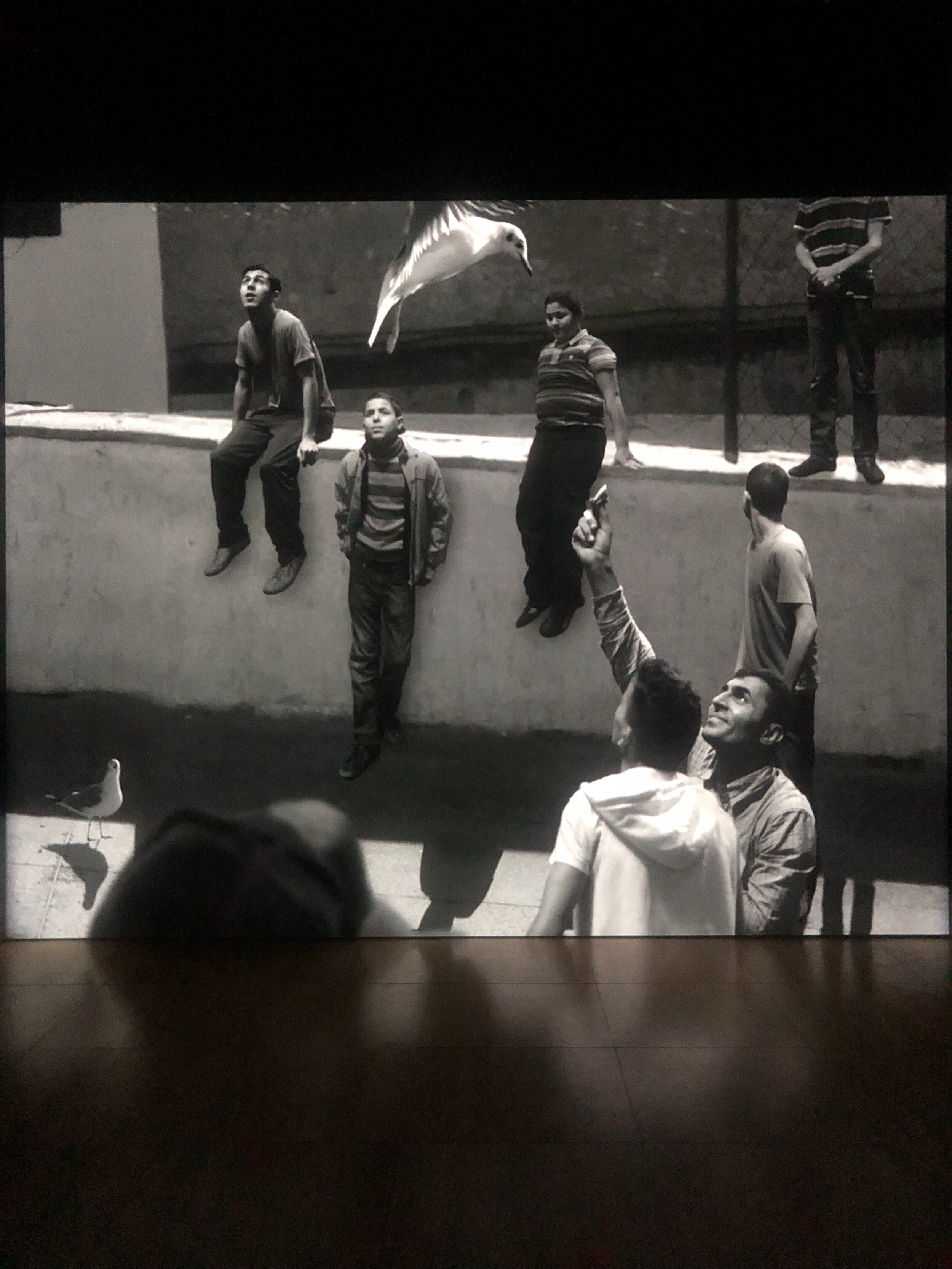


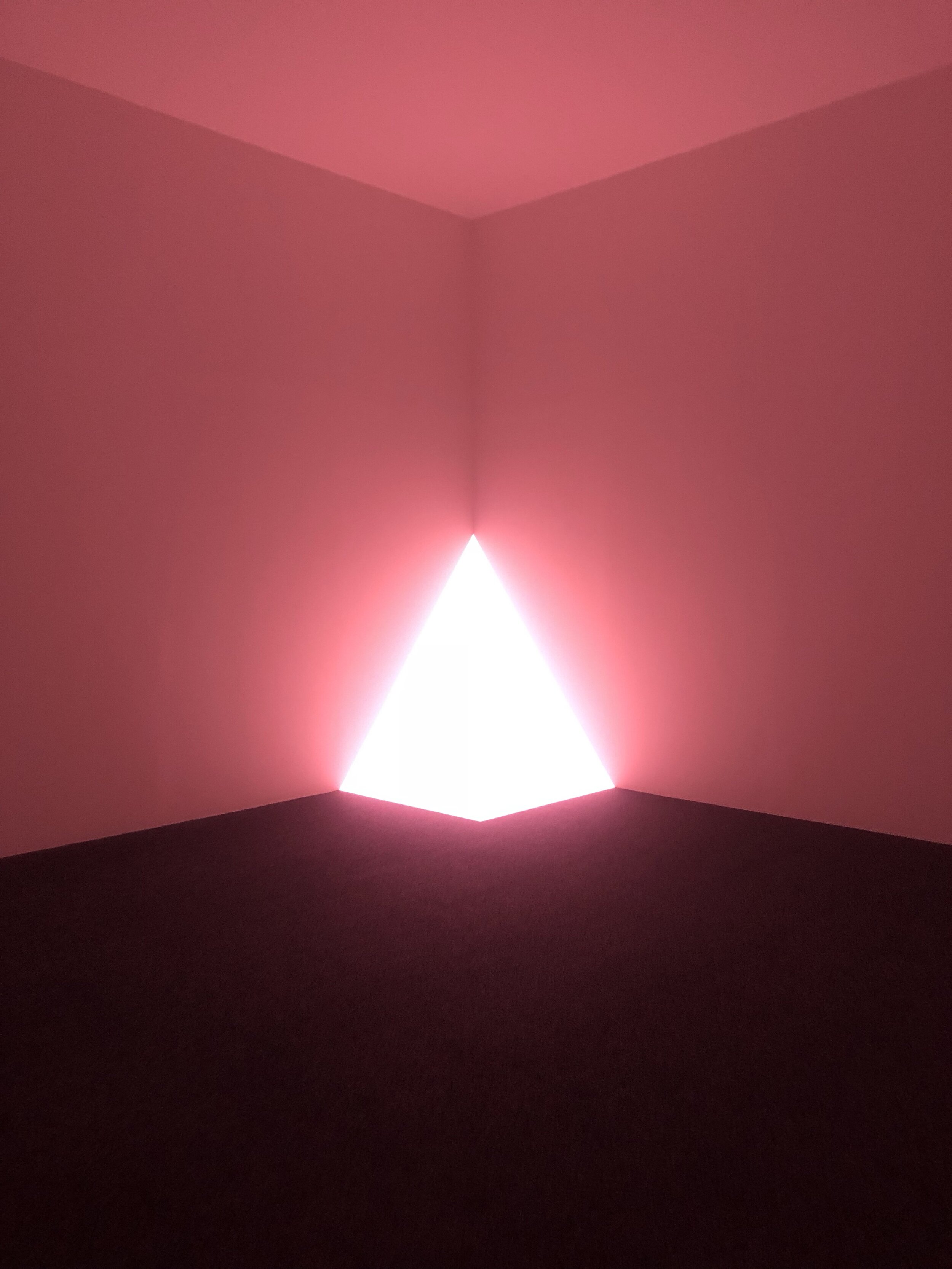



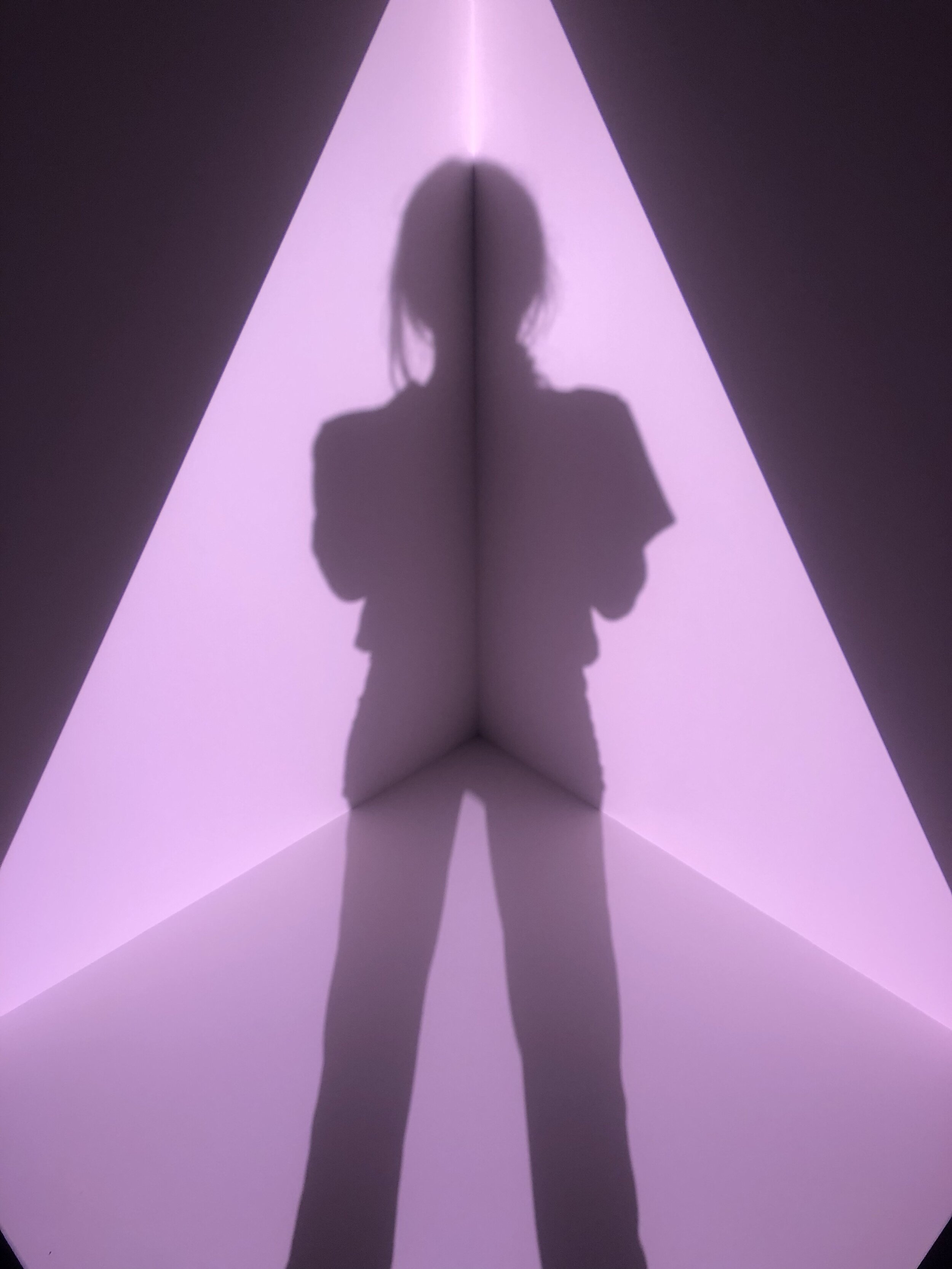


















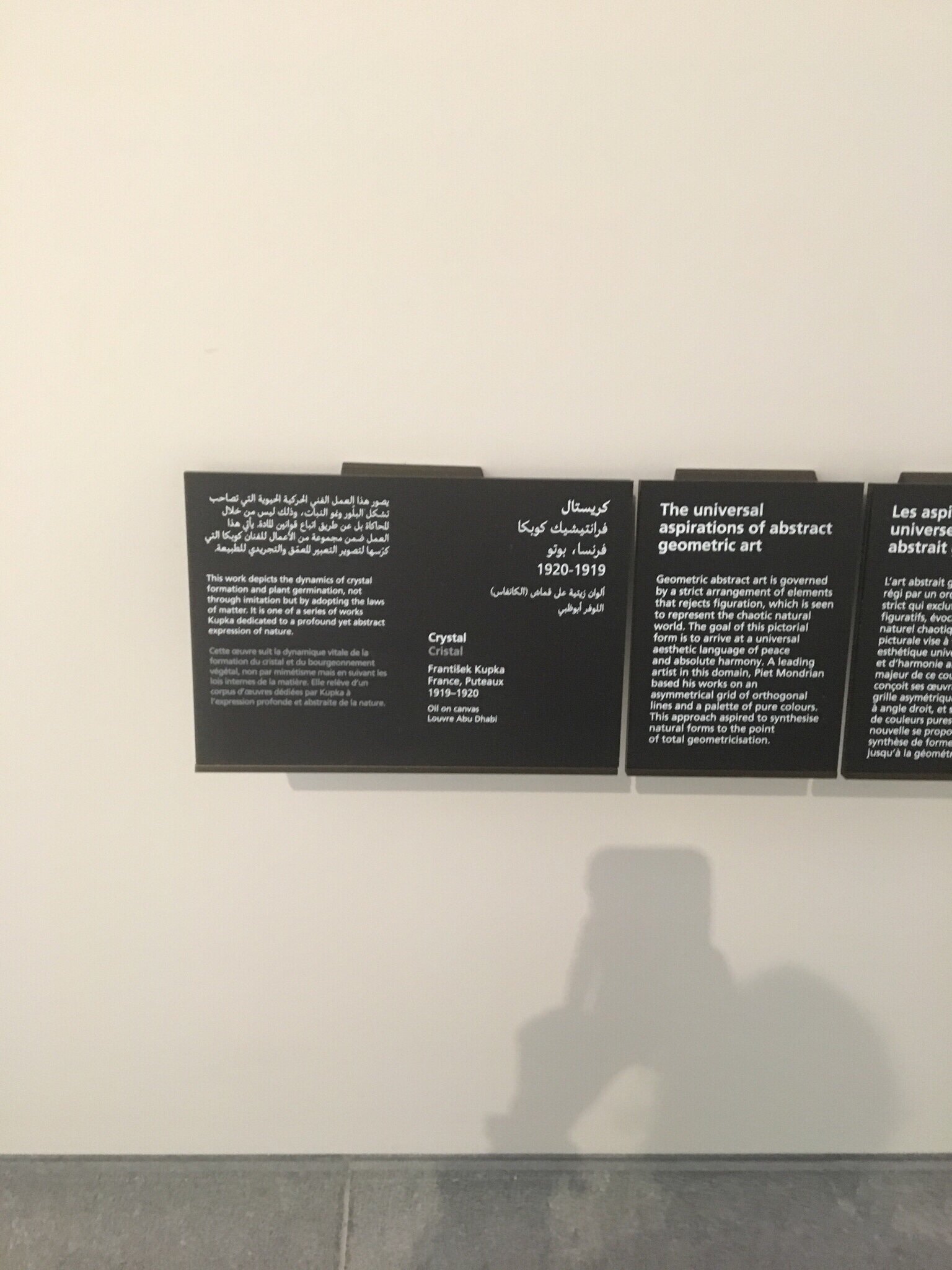



















 I proceeded to punch embroider everyday for 10mins inside on of the squares, a couple of the day I didn't finish, the rest I had to stitch over as I was faster than expected.
I proceeded to punch embroider everyday for 10mins inside on of the squares, a couple of the day I didn't finish, the rest I had to stitch over as I was faster than expected.



 Once I had done the first 16days I began to unpick the work. This did not need a timer. I systematically unpicked each square carefully bundling up the yarn for display afterwards. This is in honour of Hassan Sharif's piece "Cotton" pictured below. Which is a video installation alongside the artefact of the lump of cotton her created.
Once I had done the first 16days I began to unpick the work. This did not need a timer. I systematically unpicked each square carefully bundling up the yarn for display afterwards. This is in honour of Hassan Sharif's piece "Cotton" pictured below. Which is a video installation alongside the artefact of the lump of cotton her created.







 The video would be displayed alongside the artefacts and played on a loop. It is 3:36 hr: mins long. I chose to leave it like this as the point of the use of the techniques was its rhythmic movement and sound. It is tedious to watch, mirroring the common thought fo the 'daily grind' but in its sum creates a textile piece. As the chaos ensues ans it comes apart a different, perhaps more aesthetically pleasing textiles arises.[vimeo 273833967 w=640 h=360]
The video would be displayed alongside the artefacts and played on a loop. It is 3:36 hr: mins long. I chose to leave it like this as the point of the use of the techniques was its rhythmic movement and sound. It is tedious to watch, mirroring the common thought fo the 'daily grind' but in its sum creates a textile piece. As the chaos ensues ans it comes apart a different, perhaps more aesthetically pleasing textiles arises.[vimeo 273833967 w=640 h=360] My initial batches were coarse and grey as I was using a substandard blender and the paper had a lot of printer ink on it. It was also heavily textured due to the fabric I was using to place it on. I replaced that and fixed the other teething problem and created some almost white paper. I was trying to maintain an element of transparency but this proved to be very difficult with the paper tearing and breaking up.
My initial batches were coarse and grey as I was using a substandard blender and the paper had a lot of printer ink on it. It was also heavily textured due to the fabric I was using to place it on. I replaced that and fixed the other teething problem and created some almost white paper. I was trying to maintain an element of transparency but this proved to be very difficult with the paper tearing and breaking up.
 Once I dry I did some ink experiments with the pieces. Because the paper doesn't go through any finishing processes it is absorbent and allows the ink to bleed through. I think this could be made a feature but where it absorbs too much ink it very quickly disintegrates.
Once I dry I did some ink experiments with the pieces. Because the paper doesn't go through any finishing processes it is absorbent and allows the ink to bleed through. I think this could be made a feature but where it absorbs too much ink it very quickly disintegrates.

 I next used threads in the process of papermaking, laying them on and in the paper solution as I was creating the sheets. This relies on the paper fibres to hold the thread in place and is not the most secure way of doing it. After a short time, the threads began to come away from the paper. I also sandwiched the threads between sheets but this rendered the paper very thick and the threads not as visible.
I next used threads in the process of papermaking, laying them on and in the paper solution as I was creating the sheets. This relies on the paper fibres to hold the thread in place and is not the most secure way of doing it. After a short time, the threads began to come away from the paper. I also sandwiched the threads between sheets but this rendered the paper very thick and the threads not as visible.


 I do really find something pleasing about the piece that created holes, this unperfect aspect in an art form that prides itself on perfection moves me back into the thinking of chaos and order.
I do really find something pleasing about the piece that created holes, this unperfect aspect in an art form that prides itself on perfection moves me back into the thinking of chaos and order. I did stitch a piece but it doesn't photograph well, this is a piece of Japanese paper that was also stitched. It holds the threads well whereas my handmade paper tore quickly and I abandoned stitching it further to save the piece. Perhaps the next point would be to continue until is does destroy itself and see what happens.
I did stitch a piece but it doesn't photograph well, this is a piece of Japanese paper that was also stitched. It holds the threads well whereas my handmade paper tore quickly and I abandoned stitching it further to save the piece. Perhaps the next point would be to continue until is does destroy itself and see what happens. 

 Below the back can be seen, its relatively straight lines and the top is more chaotic.
Below the back can be seen, its relatively straight lines and the top is more chaotic.
 I am considering how this would work on a large scale where the height of the pile can be changed and the textures would highlight the geometric structure further.I also used crossstitch, and punch stitch to explore how these geometric can translate in to stitch.
I am considering how this would work on a large scale where the height of the pile can be changed and the textures would highlight the geometric structure further.I also used crossstitch, and punch stitch to explore how these geometric can translate in to stitch.


 I found them frustrating. I longed for density in these pieces either by layering transparent fabric over each other or by building up textures and stitch density. There is a long way to go with the textile aspect of this exploration.
I found them frustrating. I longed for density in these pieces either by layering transparent fabric over each other or by building up textures and stitch density. There is a long way to go with the textile aspect of this exploration.